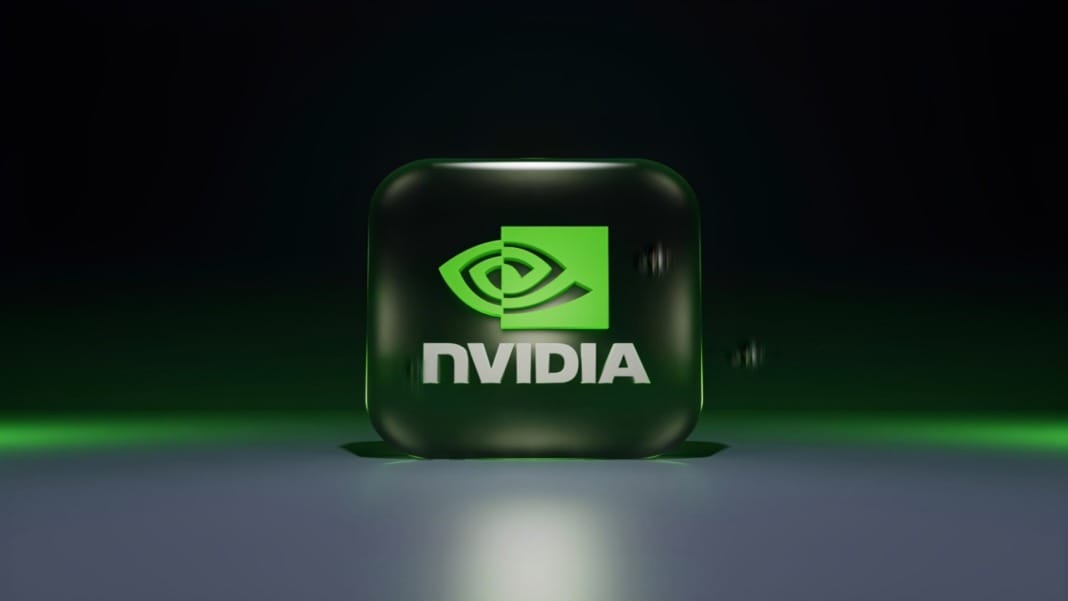A significant development is that Google has recently retired page cache links from its search results. This decision, officially confirmed by Danny Sullivan, Google’s search liaison, represents a noteworthy shift in how users access and interact with web content. Let’s delve into the details of this change, why it’s happening, and how it may impact your online experience.
The evolution of page cache links
Page cache links have been a familiar feature in Google’s search results for years. These links allow users to view a webpage as Google sees it, offering several practical applications beyond simply aiding in the loading of slow web pages.
SEO professionals often use page cache links to debug their websites, allowing them to identify and address issues affecting their search visibility. Additionally, these links proved valuable for monitoring competitors, providing insights into the content and structure of rival websites.
For journalists and researchers, page cache links served as a crucial resource. They allowed reporters to track changes made to a company’s website, such as updates, deletions, or alterations to information. This functionality was handy for verifying facts and understanding how web content evolved. Moreover, page cache links offered an alternative to virtual private networks (VPNs) for users trying to access websites blocked in their region.
Why the retirement of page cache links?
Several factors contributed to Google’s decision to retire page cache links. Google introduced this feature when slow-loading web pages was a common issue. However, website performance and loading speed advancements have made this feature less critical today.
As technology has evolved, web pages are more responsive and load faster than ever. This improvement has rendered the page cache feature less necessary for addressing slow-loading pages. Consequently, Google has decided to phase out this legacy feature to streamline its search results interface.

How did you access page cache links?
In the past, users had two primary methods to access a page’s cache. First, the “Cached” button would appear at the bottom of the “About this result” panel, which could be accessed from the three-dot menu next to a search result. Second, advanced users could append “cache:” to a URL before searching, allowing them to access Google’s cached version of a specific webpage instantly.
The gradual transition
Google has gradually removed page cache links over the past few months. The links started disappearing intermittently from search results in early December before being entirely removed by the end of January. Danny Sullivan also confirmed that the “cache:” search operator, which allowed direct cache access, will soon be phased out.
Hints of what’s to come
While Google has not revealed immediate plans to replace the page cache feature, Danny Sullivan expressed hope for a potential collaboration with the Internet Archive. This partnership could result in the introduction of links that showcase how web pages have evolved. However, he cautioned that such a development would involve discussions with various stakeholders and is not guaranteed.
In summary, Google’s retirement of page cache links reflects the evolving landscape of web technology and improved loading speeds. While this change may impact SEO professionals, journalists, and researchers, it also signals Google’s commitment to streamlining its search results interface. The future may hold exciting possibilities for accessing historical webpage data, but users must now adapt to the absence of page cache links in Google search results.





